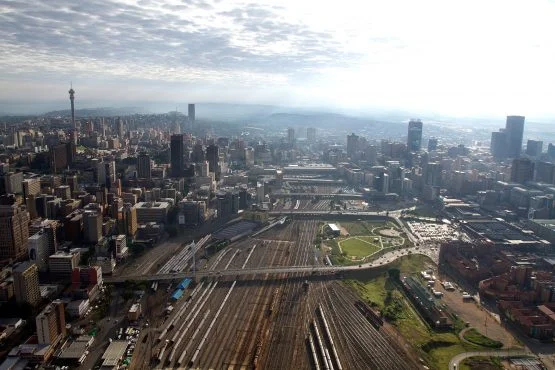South Africa’s private sector expanded for the fifth consecutive month in September 2025, with the S&P Global South Africa PMI rising to 50.2 from 50.1 in August, signaling sustained business activity growth.
Demand Surge
Increased customer demand and new contracts boosted output and new orders. Export orders grew for the first time since March, fueled by stronger African market demand, despite weaker interest from the US and Europe.
Cost Relief
Input price inflation hit an 11-month low, with only 3% of firms reporting cost increases. A stronger rand against the dollar and reduced staffing levels helped ease pressures.
“Lower costs could push CPI inflation down from July’s peak,” said economist David Owen.
Supply Improvements
Better material availability and less congestion shortened delivery times for the sixth month, encouraging modest purchasing growth, though slower than in August.
Employment Challenges
Job cuts continued for the second month due to difficulties replacing staff, leading to a rise in work backlogs since August 2024.
Low Confidence
Business optimism dropped to a four-year low, with under a third of firms expecting growth in the next year, citing economic and political uncertainties.
Rate Cut Hopes
Owen suggested PMI trends support potential interest rate cuts. “Though the Monetary Policy Committee held rates recently, easing inflation may prompt a cut in November,” he said.
Why It Matters
The PMI growth reflects economic resilience, but job losses and low confidence highlight challenges for South Africa’s recovery.
What’s Next
In October 2025, focus will be on inflation trends and employment recovery to gauge the private sector’s trajectory.
South Africa Loses Points in World Cup Qualifier Over Player Error























